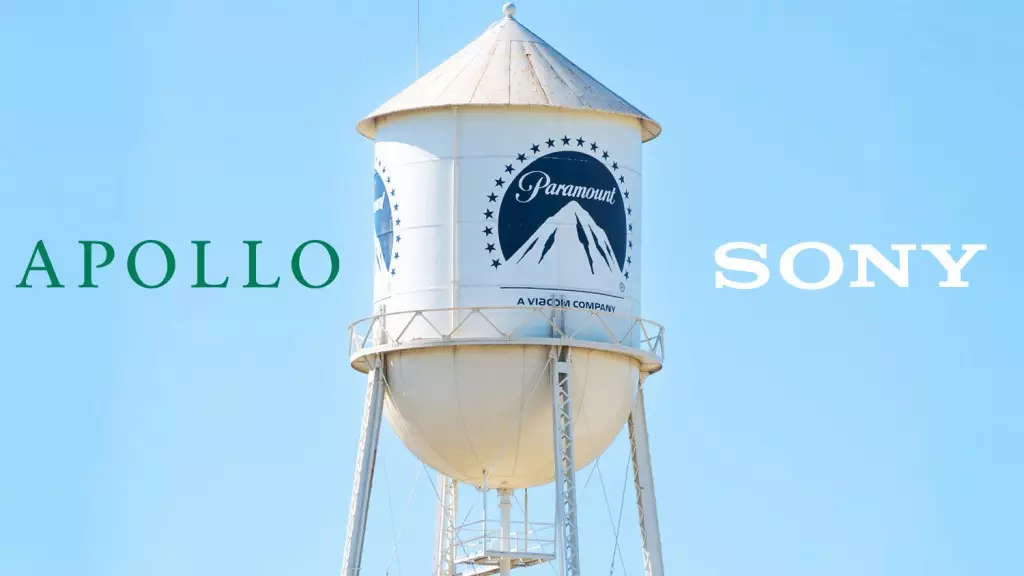The potential merger of Sony and Apollo with Paramount Global has sparked discussions about the strategy the conglomerates might adopt if the deal goes through. One key aspect of their plan is to maintain a steady theatrical release output between both studios, without reducing it. This approach is aimed at ensuring a consistent flow of content to audiences while maximizing revenue opportunities. However, there are also talks about cutting certain parts of the conglomerate, such as auctioning off CBS, linear channels like MTV, and the Paramount Plus streaming service. This decision indicates a focus on streamlining operations and focusing on core business areas.
Reports suggest that Sony and Apollo are considering cutting Paramount's TV assets as part of their $26 billion bid for the entertainment company. This move could have significant implications for the future direction of the studio and its content offerings. While details of the plan have not been shared with Paramount's management, negotiations have been ongoing with other potential partners, including David Ellison's Skydance/Red Bird. This uncertainty has led to speculation about the company's future under new ownership and the potential impact on its existing portfolio.
One of the major hurdles facing a potential Sony-Paramount merger is the regulatory scrutiny it would attract. Foreign-owned conglomerates are typically not allowed to own U.S. broadcast stations, raising concerns about the legality of the deal. Additionally, industry insiders, including exhibitors, have expressed apprehension about the merger, citing past examples like the 2019 Disney-Fox deal. The reduced output of films following that merger has raised fears of a similar scenario playing out if Sony and Paramount combine forces. With the industry already facing challenges due to strikes and the pandemic, the loss of a major studio could have far-reaching consequences.
Despite the concerns surrounding the merger, sources close to the deal suggest that the focus would be on competing with streaming services and increasing the volume of output. The vision is to have around 20 wide releases per year, a strategy aimed at capturing a larger share of the entertainment market. Unlike the Disney-Fox merger, the plan is not to scale back but rather to scale up and offer a diverse range of content to audiences. This ambitious approach is driven by the desire to create a synergistic studio equation that maximizes revenue potential and market presence.
Potential Impact on the Box Office
When considering the potential merger's impact on the global box office, the combined output of Sony and Paramount could rival industry giants like Universal and Disney. With respective grosses of $2 billion each in the previous year, a merger could potentially double their collective revenue to $4 billion, positioning them as major players in the entertainment landscape. However, the success of such a deal would depend on factors like regulatory approval, operational integration, and market reception.
Future Scenarios and Alternative Options
While the Sony-Paramount merger remains a possibility, there are also alternative scenarios being considered. Some insiders believe that Shari Redstone, the current owner of Paramount, may choose to go it alone and not pursue a deal with Sony, Apollo, or Skydance. This uncertainty raises questions about the studio's future direction and the potential impact on its content strategy. Regardless of the outcome, the entertainment industry is bracing for significant shifts and challenges as major players navigate the changing landscape.
The potential merger of Sony and Apollo with Paramount Global represents a significant development in the entertainment industry. The strategic implications, regulatory challenges, and industry concerns surrounding the deal underscore the complexities involved in such transactions. As stakeholders monitor the progress of negotiations and await regulatory decisions, the future of the industry hangs in the balance, with potential for both opportunities and risks on the horizon.

